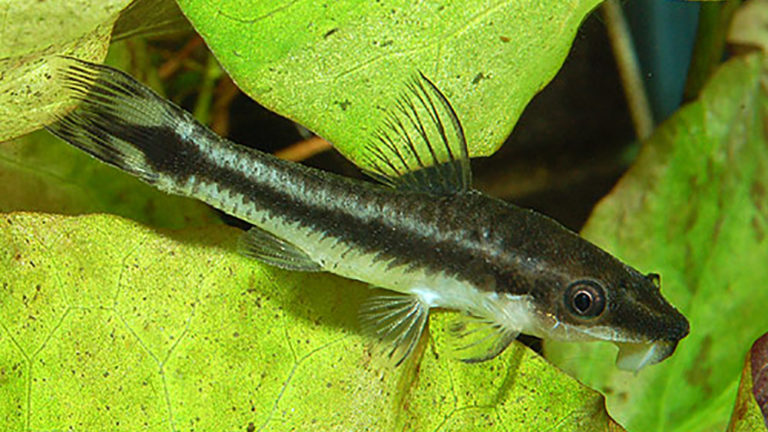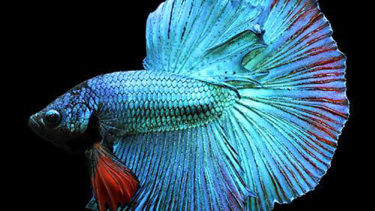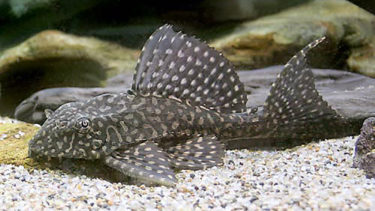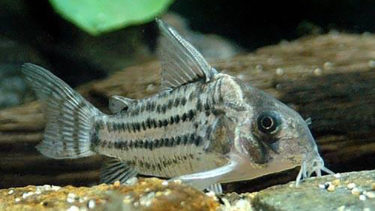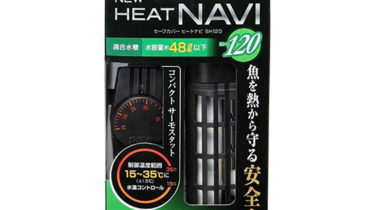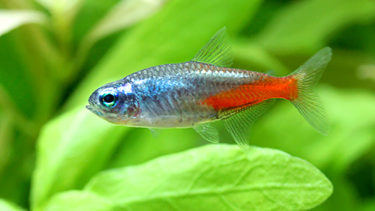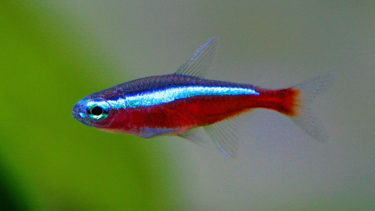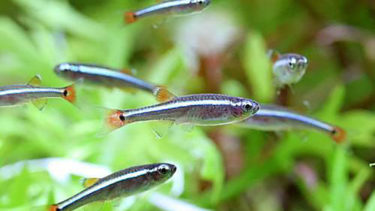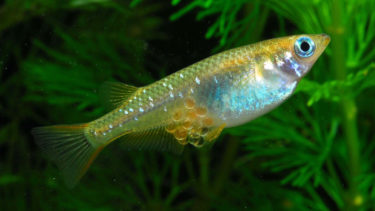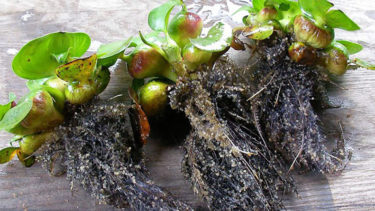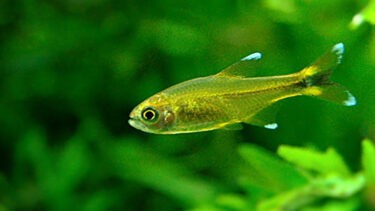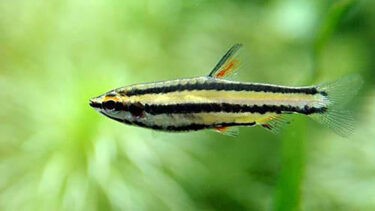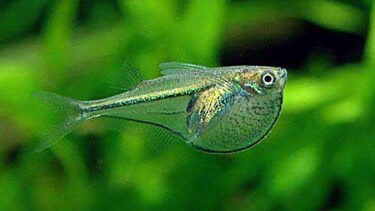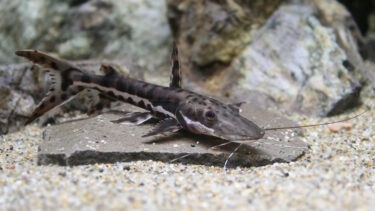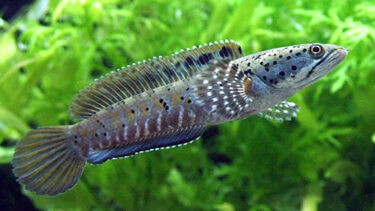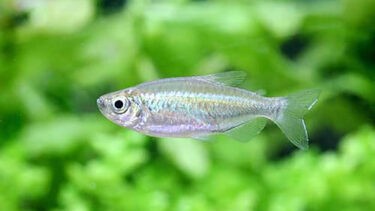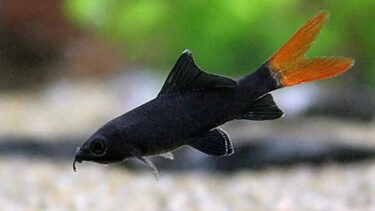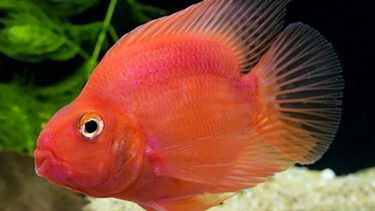Otocinclus is a tropical fish of the family Loricariidae and genus Otocinclus that is native to the Amazon River basin in South America. In this article, I would like to explain in detail the characteristics of the Otocinclus and how to keep them.
What is Otocinclus?
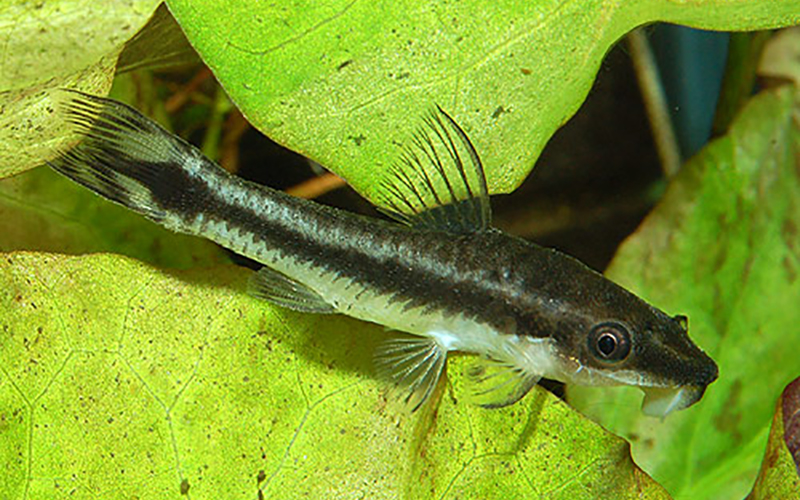
Otocinclus is a tropical fish in the family Loricariidae of the catfish order Otocinclus. Otocinclus originated in the Amazon River basin in South America.Otocinclus has a low body height similar to that of catfish and has a flat appearance when viewed from the side. They also have sucker-like mouthparts, which they dexterously use to scrape off aquatic plants and moss. Because of their distinctive appearance, these fish are useful for removing debris from aquariums.
The Gourami is a tropical fish of the Osfronymidae family in the suborder Perciformes, with its characteristic long ventral fins, and is known by the nickname "antennae. In this article, we will discuss the characteristics of the Grammy and how to keep it [...].
The betta is a tropical fish of the family Osphronemidae (sea bass) and genus Betta, originating from the Mekong River basin that flows through the Kingdom of Thailand in Southeast Asia, with large growing fins and brightly colored body. In recent years, breeding has led to the emergence of species with more complex colors. In this article, we will discuss the characteristics of the betta [...].
The pleco is a tropical fish of the catfish order Loricariidae, family Pecoltia, native to the Amazon and Orinoco river basins in South America. It has hard, rough scales like armor and a sucker-like mouth that can stick to rocks and walls. In this article, we will discuss the characteristics of the pleco and its keeping [...].
The corydoras is a tropical fish of the family Calycthidae (catfishes) in the genus Corydoras, which is native to the Amazon River basin in South America. In this article, we will discuss in detail the characteristics of the corydoras and how to keep them [...].
How to keep Otocinclus
Otocinclus will be an easy breed to keep. The lifespan of the Otocinclus is approximately 5-7 years. Their body size is approximately 5 to 10 cm. However, both lifespan and body size vary depending on the environment in which they are kept and the food they are fed. They prefer slightly acidic to slightly alkaline water with a pH range of 6.0 to 8.0. Otocinclus is classified as a tropical fish, so if you keep it in Japan, it will need a heater in winter.
A heater is a device that maintains a constant water temperature. If you go to a specialty store that carries heaters, you will find a wide variety of types. Some people may be at a loss as to which one to choose. In this article, we would like to explain about such heaters [...]
Points to keep in mind when mixing swimmers

Regarding mixed swimming, first of all, the character of the Otocinclus is a docile one. Therefore, if the breed with which they are mixed is territorial or aggressive, the Otocinclus may be attacked, resulting in injury or even illness due to stress.Recommended species for mixing with Otocinclus are small fish such as neon tetras, calasin fish, and red fin fish. Otocinclus itself is classified as a small species, so we recommend that you refrain from mixing it with medium to large species.
The neon tetra is a tropical fish in the family Carassinae, and is a beautiful fish with a blue glow from its head to its tail fin. In this article, I would like to explain in detail the characteristics of the Neon Tetra and how to keep it. What is a Neon Tetra?
The cardinal tetra is a tropical fish of the family Carassinae of the order Carassinae that lives in the Negro and Amazon rivers in South America. It is a beautiful fish with a blue glow from its head to its tail fin. In this article, I would like to explain in detail the characteristics of the Cardinal Tetra and how to keep it. [...].
The redfin is a tropical fish of the carp family Tanichthys, which is native to Baiyunshan in Guangzhou, China. Its body color is mainly silver-gray with a dark blue line from the back of the eye to the base of the tail fin. In this article, we will explain in detail the characteristics of the redfin and how to keep it [...].
Points about spawning
Many people who keep Otocinclus want to breed them. Breeding Otocinclus is very difficult. The first thing to do is to identify the male and female Otocinclus. Males are relatively small and slender. Females have a fuller abdomen and a fuller body shape. Therefore, we recommend that you first identify the female.Also, the best chance of spawning is to keep them in a ratio of 1 male: 2 females. When you want to breed Otocinclus, be sure to put in water plants and driftwood that can be used as spawning beds. It is good to include them because they can be used as a hiding place or as food for water plants outside of the spawning season.
Many people who keep killifish want them to spawn. However, not many people know about spawning and what they need to do to prepare for it. This time, we would like to explain the method of spawning and the points to be noted [...].
If you have kept goldfish for a long time, you may want to try to breed them. However, if goldfish spawning is not done with care, there is a high possibility that the goldfish will weaken. In this article, I would like to explain in detail the method and precautions for spawning. The time of spawningThe time of spawning of goldfish is [...]
What to look for when keeping Otocinclus

Otocinclus is a popular species because it is easy to keep and to mix with other species. They are also recommended for beginners and those who are concerned about water quality, as they dispose of debris in the aquarium. Compared to plecos, Otocinclus spp. prefer to eat plant matter such as aquatic plants and moss, so they often do not dispose of food scraps. For this reason, they are more useful than other species in aquariums that mainly use aquatic plants.Also, if you are purchasing from a specialty store, you need to pay attention to whether or not the Otocinclus is receiving artificial feed. If they are receiving artificial feed, they may not treat moss, etc. If you are concerned about this, we recommend that you ask the store staff. If you are interested in Otocinclus, we recommend that you take a look at them at a specialty store.

